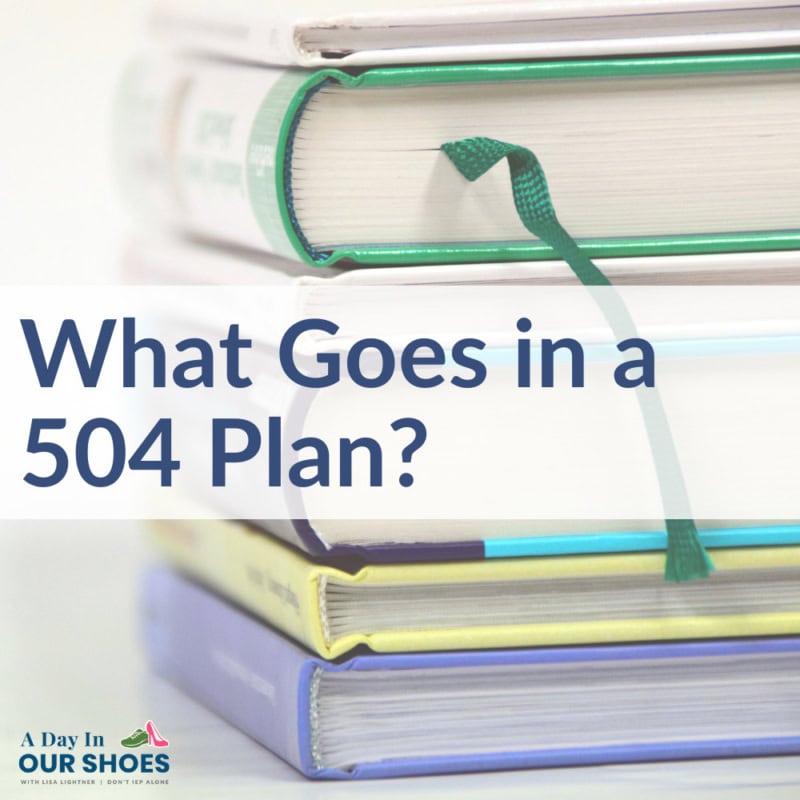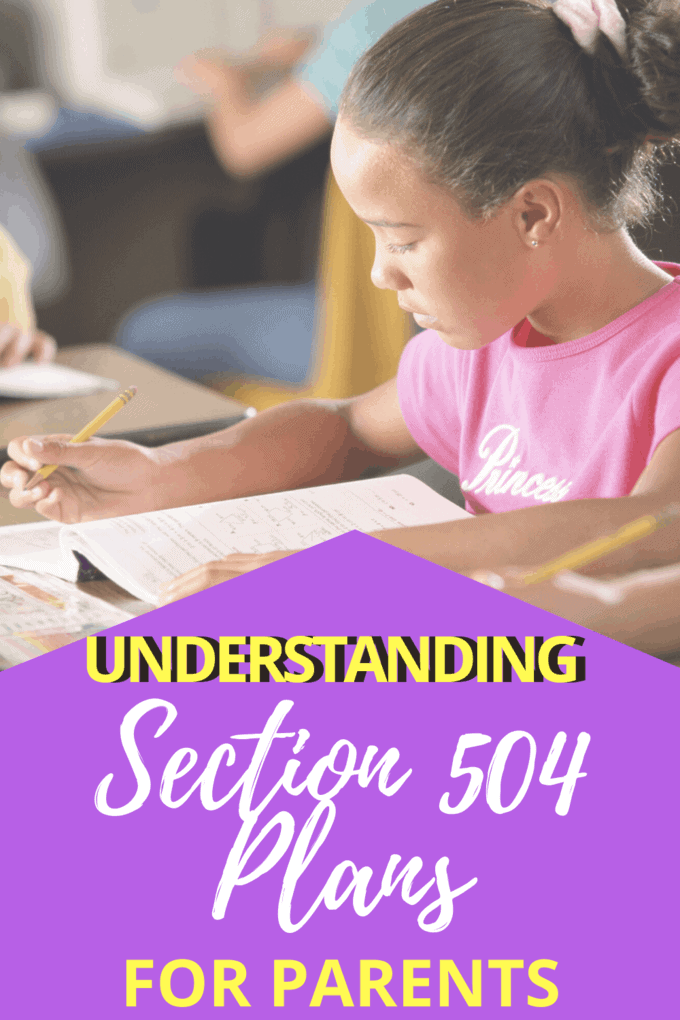What Goes in a 504 Plan?
So, you’ve been told your child qualifies for a 504 Plan. Great, right? But wait, what exactly does that mean? More importantly, what goes in a 504 Plan, and how do you know if it’s enough?
Welcome to the whirlwind world of Section 504 of the Rehabilitation Act, where the goal is to level the playing field for students with disabilities. Let’s break it down.

A Quick Refresher: What Is a 504 Plan?
This isn’t the same as an IEP (Individualized Education Plan). A 504 Plan provides accommodations and supports for students with disabilities so they can access the general education curriculum alongside their peers. While IEPs fall under IDEA (Individuals with Disabilities Education Act), 504 Plans are governed by the Rehabilitation Act. They focus on equity and access rather than specialized instruction.
So, What Goes in a 504 Plan?
Here’s the kicker: there’s no one-size-fits-all. A 504 Plan is all about tailoring accommodations to meet your child’s specific needs. Here are the key elements to consider:
- Student Profile and Needs
A good 504 Plan starts with identifying the student’s disability and how it affects major life activities (like learning, concentrating, or even breathing). This isn’t about sticking labels on your child; it’s about documenting how their condition impacts their access to education. - Accommodations
This is the meat of the plan. Accommodations can include:- Preferential seating
- Extended time on tests and assignments
- Breaks during lessons or tests
- Permission to use assistive technology (like a laptop or calculator)
- Adjusted homework loads
- Modifications (If Necessary)
While rare in 504 Plans, some students might need modifications—changes to what they’re expected to learn. Be cautious, though. Modifications can limit a student’s future options, so they’re usually reserved for situations where accommodations alone don’t cut it. - Behavioral and Emotional Supports
A well-crafted 504 Plan can also address behavioral or emotional needs. For instance:- Access to a school counselor
- A safe space to de-escalate when overwhelmed
- A behavior intervention plan
- Medical Supports
If your child has a medical condition, their 504 Plan might include:- Permission to carry and self-administer medication
- Emergency care plans for seizures, allergies, or asthma
- Access to water, snacks, or rest breaks for conditions like diabetes
- Testing Accommodations
Standardized testing can be a nightmare for some kids. Testing accommodations might include breaks, small group settings, or even alternate formats (like oral exams). - Transportation and Extracurricular Access
Section 504 guarantees access beyond academics. If your child needs a bus with a lift or accommodations during after-school activities, make sure it’s in the plan.
What’s Allowable in a 504 Plan?
Here’s the good news: almost anything reasonable that ensures equal access to education is allowable in a 504 Plan. The key word here is “reasonable.” Schools are required to provide accommodations that don’t fundamentally alter the nature of their programs or cause undue hardship.
Examples of allowable accommodations include:
- Adjusted school schedules (e.g., late start for medical treatments)
- Modified seating arrangements
- Provision of class notes or study guides
- Quiet spaces for test-taking or calming down
If the school tells you something isn’t allowable, ask for clarification in writing (and bring up Section 504’s protections).
Tips for Creating a Strong 504 Plan
- Be Specific
Vague language like “as needed” or “when necessary” leaves too much to interpretation. Use clear, actionable terms. - Document Everything
Keep a paper trail. If the school makes a promise, ensure it’s written into the plan. - Focus on Data
Back up requests with data—test scores, doctor’s notes, or reports from therapists. - Review and Update Annually
A 504 Plan isn’t static. Your child’s needs will change, so make sure the plan evolves too.
Common Missteps to Avoid
- Assuming Compliance
Just because it’s in the plan doesn’t mean it’s being followed. Regular check-ins are essential. - Underestimating Your Role
You know your child best. Don’t be afraid to advocate (respectfully but firmly) for their needs. - Overloading the Plan
Stick to what’s truly necessary. A laundry list of accommodations can dilute the focus.
The Bottom Line
A 504 Plan is a powerful tool, but it’s only as good as what you put in it. Knowing what’s allowable and tailoring the plan to your child’s specific needs can make all the difference. And remember: if the school says “no,” don’t accept it at face value. Request written explanations and be ready to push back, armed with knowledge of your rights.
Still feeling overwhelmed? Don’t IEP Alone can help. We’ve got resources, templates, and support to guide you through the process. Because when it comes to your child, “good enough” isn’t good enough.
Here is guidance from the US Department of Education on 504 Plans.

